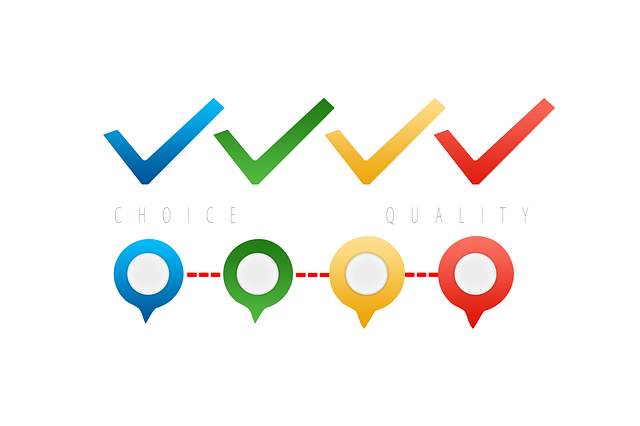Cloud Access Management (CAM) is crucial for securing cloud environments and maintaining compliance with global regulations like GDPR and CCPA. By implementing robust security measures, role-based access controls, and regular audits, CAM protects data privacy and prevents breaches. Organizations must tailor compliance strategies to diverse legal landscapes, leveraging cloud-native tools and providing IT team training. Continuous monitoring and auditing are vital for tracking user activities, identifying risks, and ensuring policy compliance.
In today’s digital era, cloud-based access solutions have become a cornerstone of modern businesses. However, navigating the complex landscape of legal and regulatory compliance poses significant challenges. This article delves into critical aspects of cloud access management regulations, addressing data privacy and security concerns, global deployment strategies, and continuous monitoring best practices. By understanding these key elements, organizations can ensure their cloud solutions remain compliant and secure in a dynamic regulatory environment.
Understanding Cloud Access Management Regulations
Cloud Access Management (CAM) regulations are critical components of ensuring secure and compliant cloud-based access solutions. As organizations increasingly adopt cloud technologies, regulatory bodies worldwide have introduced guidelines to protect sensitive data stored or processed in the cloud. These regulations aim to standardize how businesses handle user access, ensuring privacy, security, and accountability.
Understanding CAM regulations involves grasping concepts like data sovereignty, data protection laws, and industry-specific compliance standards. For instance, regulations such as GDPR (General Data Protection Regulation) in Europe and CCPA (California Consumer Privacy Act) in the US impose stringent requirements on how organizations collect, store, and share personal data, especially when accessed via cloud services. Staying informed about these legal frameworks is essential to avoid penalties, maintain customer trust, and ensure seamless cloud adoption.
Data Privacy and Security Concerns in the Cloud
The shift towards cloud-based access solutions has brought about significant advantages for businesses, offering enhanced flexibility and scalability. However, it also presents unique challenges, particularly in the realm of data privacy and security. As organizations increasingly rely on cloud services, ensuring the protection of sensitive information becomes paramount. Cloud access management (CAM) plays a pivotal role in addressing these concerns by implementing robust security measures to safeguard data at rest and in transit.
Data privacy issues arise from various factors, including data storage locations, third-party access, and the potential for unauthorized data sharing. CAM solutions mitigate these risks through encryption techniques, access controls, and strict identity verification processes. By enforcing role-based access control, organizations can ensure that only authorized personnel have visibility into specific datasets, reducing the risk of data breaches and maintaining compliance with stringent privacy regulations like GDPR or CCPA.
Compliance Strategies for Global Cloud Deployments
When deploying cloud access management solutions globally, organizations must embrace comprehensive compliance strategies tailored to diverse legal landscapes. Each region possesses unique data protection and privacy regulations, such as GDPR in Europe or CCPA in California. Implementing a robust cloud access governance framework involves integrating compliance checks at every stage of user access. This includes identity verification, role-based access controls, and regular audits to ensure data sovereignty and security.
For global deployments, leveraging cloud-native tools that offer built-in compliance features is key. These solutions enable organizations to automate the management of access rights across multiple jurisdictions, ensuring consistent adherence to local laws. Regular training for IT teams on evolving regulatory requirements is also crucial to maintain a dynamic compliance strategy capable of adapting to changing global legal landscapes.
Best Practices for Continuous Monitoring & Auditing
Implementing robust best practices for continuous monitoring and auditing is paramount in ensuring the integrity and security of cloud access management. Regular, automated audits are essential to track user activities, identify potential risks or unauthorized access attempts, and ensure compliance with defined policies. By establishing a comprehensive audit log system that records all access points, actions, and changes, organizations can gain visibility into who accessed what, when, and for how long.
Proactive monitoring involves setting up alerts for suspicious activities, such as failed login attempts, unusual data transfer patterns, or unauthorized user behavior. These real-time notifications enable security teams to swiftly respond to potential threats, mitigating risks before they escalate. Integrating monitoring tools with cloud access management platforms ensures seamless tracking and analysis of user behavior across the entire cloud infrastructure.
Cloud access management (CAM) regulations are crucial for organizations leveraging cloud-based solutions, especially with global deployments. By understanding data privacy and security obligations, implementing robust compliance strategies, and adopting best practices for monitoring and auditing, businesses can navigate the legal landscape effectively. These steps ensure secure access to cloud resources while maintaining regulatory adherence, ultimately fostering a reliable and compliant cloud environment.
